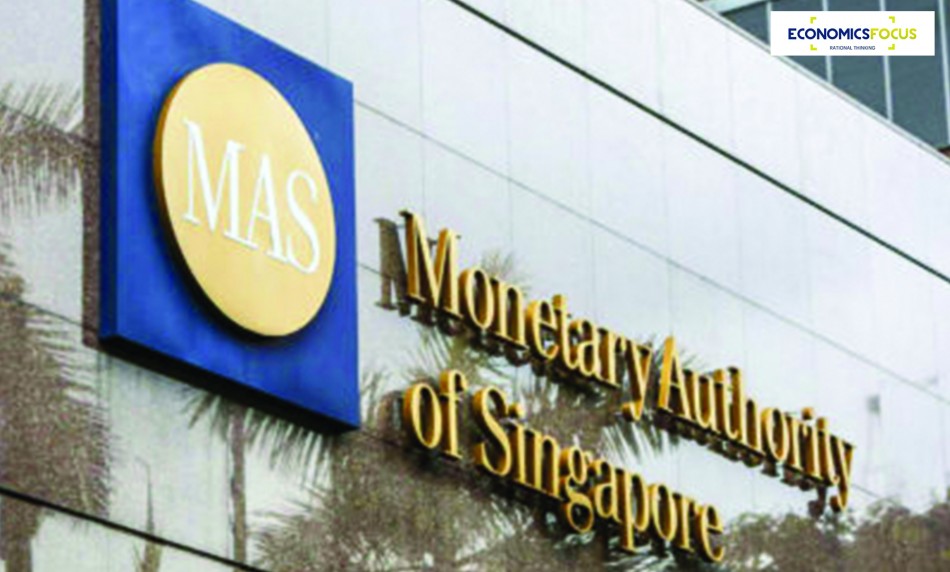The exchange rate management policy adopted by the MAS is a floating exchange rate system that seeks to control the exchange rate within a band. In doing so, the MAS will adjust the exchange rate to influence economic activities so as to solve the economic problems faced by the government and thus, achieve the aims of the government.
In recent years, Singapore faced many internal and external economic which will undermine the government from achieving its desired economic performance.
First, as it is a small country with limited resources, it is faced with a very limited production capacity, requiring extensive imports of raw materials. The limited pool of labour supply due to a small population also contributes to higher wage level, which includes cost push inflation. Consequently, it is subjected to inflation which will raise the rise cost condition, undermine of economic growth as the export DD and FDI will be lowered due to rising cost condition.
Second, the economy is also prone to the condition of unemployment in the form of demand- deficient unemployment contributed by fall in export demand and foreign direct investment because of rising cost of export demand and foreign direct increment.
Third, the government is facing external regional and international competition for export market and FDI as the neighboring countries are offering lower cost production base and lower export price to reduce over export market and level of FDI.
To curb imported inflation, the MAS can raise the exchange rate by direct intervention through the buying of local currency which increases the demand of the Sing dollar in the forex market. This appreciation of the S$ will enable the importers to lower their cost of import in S$. In doing so, the cost of production in terms of price for raw materials will be lowered, preventing rising cost conduction and inflationary condition to occur. Furthermore, appreciated currency rate helps to attracts more foreign workers to increase supply of labour as their salary in their native currency is higher and thus lower cost of production.
To raise external demand and attract investment, the MAS can deprecate the exchange rate by selling of local currency which increase the supply of the Sing dollar in the forex market. This depreciation will lower the price export demand and cost FDI. This will lead to greater production and employment will increase. As Singapore’s industries rely greatly on external demand, the boom in external economy will mean greater production level and solving demand- deficient unemployment.
The lowering of the exchange rate can help to increase Singapore cost competitiveness and thus, aid to raise our capacity in attracting FDI, which will lead to greater production and employment.
However, exchange rate management policy has limitations. It may not be able to eradicate inflation if inflation is contributed by demand pull and asset-bared inflation as the rate only affect the purchasing power in external value.
Also, the policy is not suitable in solving structural unemployment which requires supply-side adjustment and structure in production.
Furthermore, trade-off exists, making it difficult for the government to manage exchange rate. Depreciation may help to decrease price of exports but it will increase in price of imports, raising cost of production and thus, undermines the benefits gained from depreciation.
As such, there is a need to have of a large pool of resources to manage the exchange rate. It will increase the opportunity cost of idle resources if such a pool of fund is maintained. (less resource for economic development – deprivation of funds for infrastructural development and investment)
Besides, the impact on the export demand and import demand is subjected to the Marshall-Lerner condition. This implies that the exchange rate policy of depreciation cannot work well under the short term.
In conclusion, given the understanding of the limitations of the exchange rate management policy, it is imperative for the government to consider other macroeconomic policies to overcome these economic problems.

